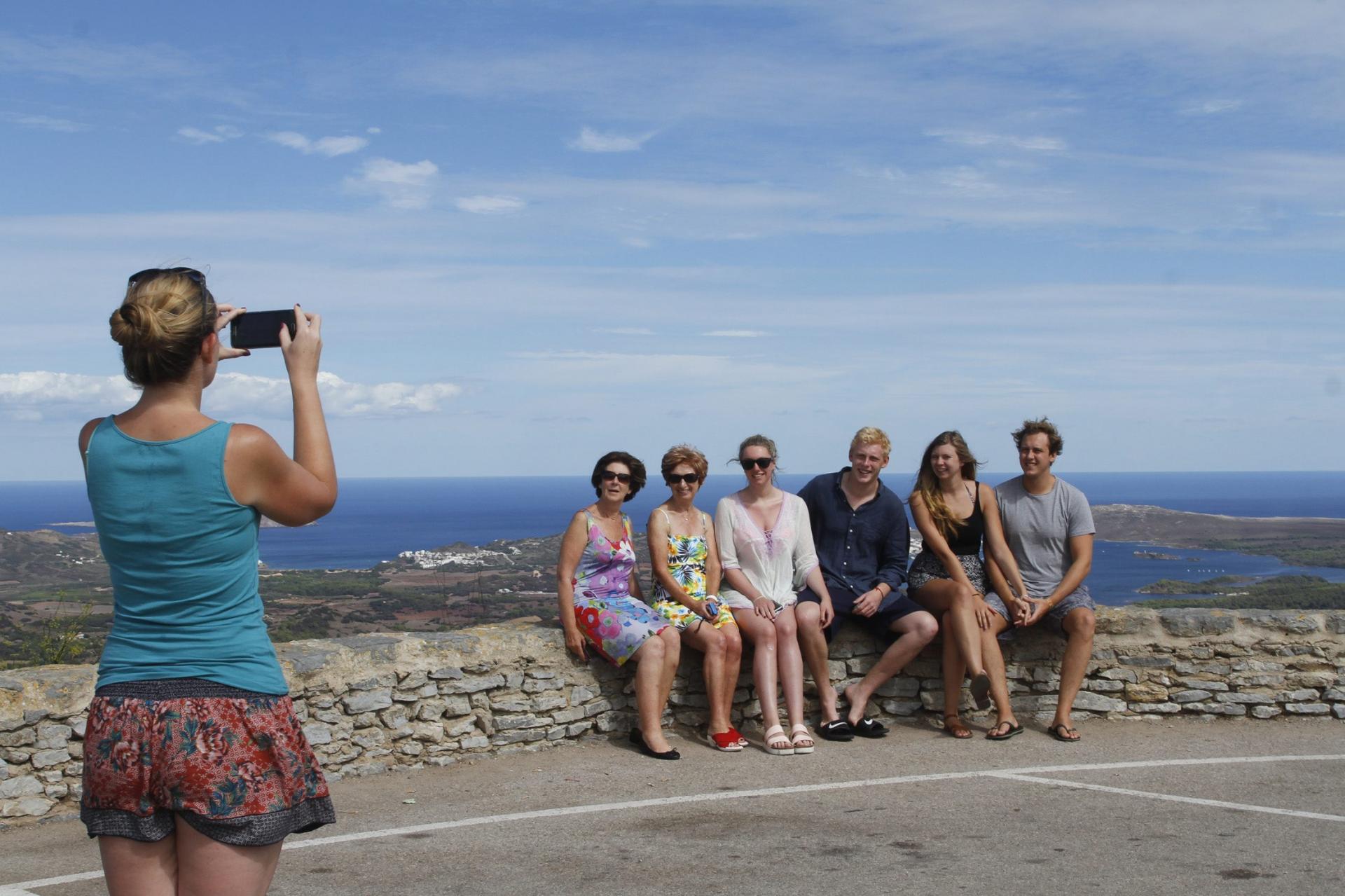Many, many years ago, when riches to be gained from the new “industry of the foreigners” were mere dreams of the worthy gentlemen who formed the Fomento del Turismo (Mallorca Tourist Board), those gentlemen trained their eyes on the northern horizon in the expectation that a steam ship from the south of France would appear.
The Blog: Mais oui! C’est Majorque
France, not Britain, was the first overseas market to receive the Mallorcan promotional treatment
Also in News
- Spain wants Britons to show they have 113.40 euros, £97, per day for their holidays
- Major security alert at Mallorca airport, surprise landing of flights from Morocco and Namibia
- Big changes on the horizon when Britons travel to Mallorca
- Over two hours for Britons to get through Palma airport queues
- Living in a motorhome in Palma: "It'll only get worse"


1 comment
To be able to write a comment, you have to be registered and logged in
Nothing to do with resorts but money, like a lot of older Germans a pitcher of of sangria between 2 for a night out is being exorbitant and pushing the boat out. Once prices went up they shipped out and probably returned this year because they could get cheap accomadation as young Germans and British were not coming. Cest la vie.